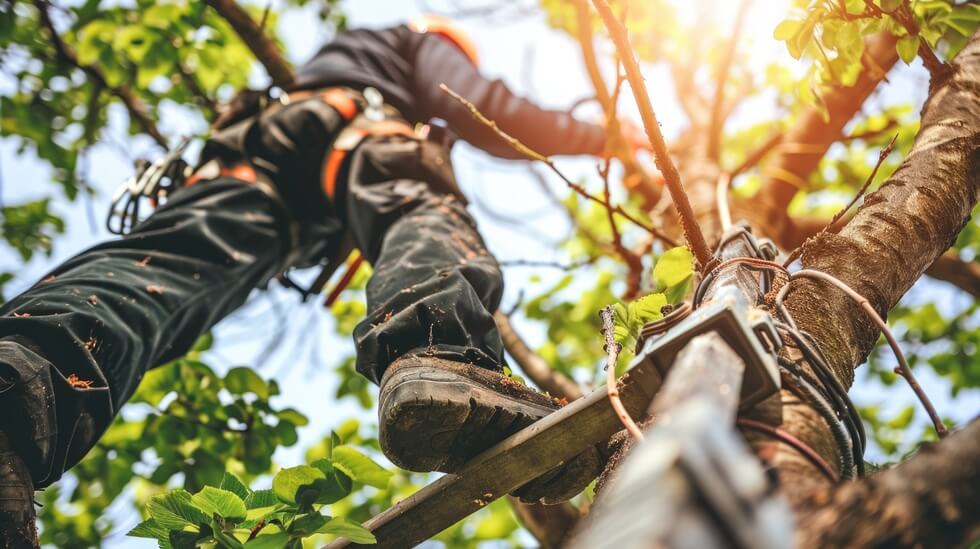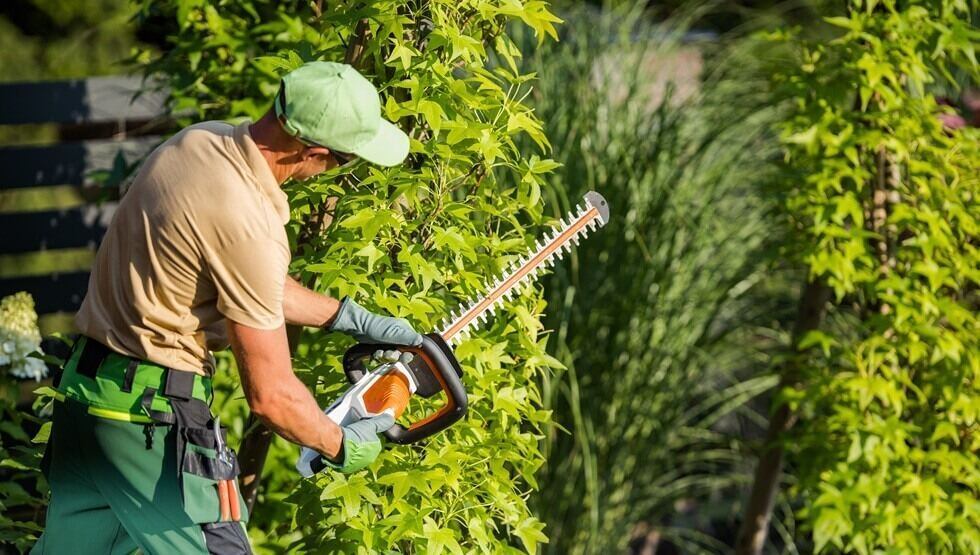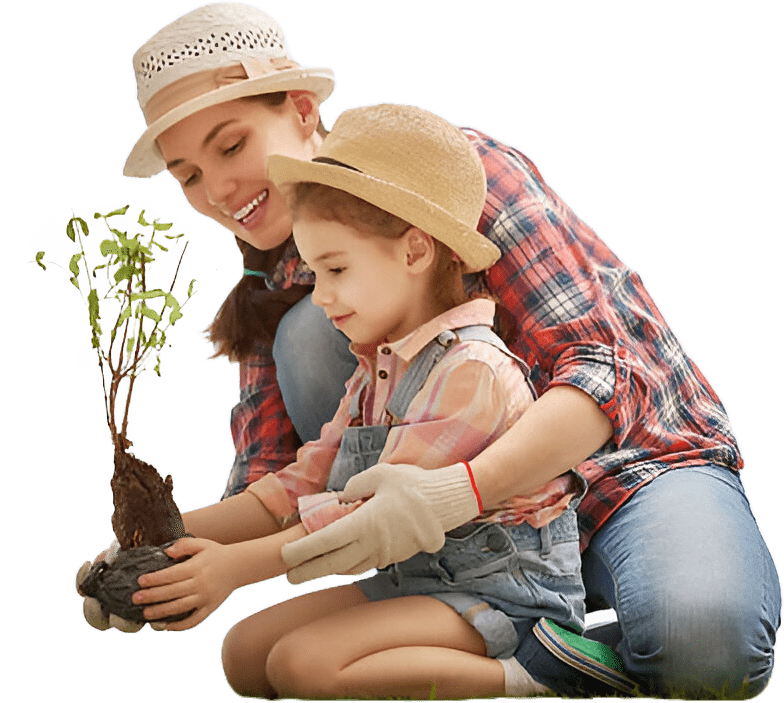Maintaining trees that are healthy, safe, and beautiful requires consistent maintenance. Knowing this, many homeowners consider pruning and trimming to be equally essential processes, often confusing the two. Yet, while both processes involve removing overgrowth, the goals of tree pruning and trimming are different. Homeowners should be aware of these differences before altering the health and appearance of their plants.
Some homeowners neglect their plants due to a fear of making the wrong decision between pruning and trimming. This article explains the differences between pruning and trimming to help homeowners maintain a sustainable, preservation-based approach to plant care on their property.

What are the Benefits of Tree Trimming?
Tree trimming is the selective removal of overgrowth. It is a stylistic decision as well as a practical one. As healthy plants grow, they tend to become wild if they are not carefully maintained. Overgrown plants should be trimmed to maintain healthy and visually appealing growth patterns. The benefits of tree trimming include:
- Clearing walkways, buildings, and other structures obstructed by uncontrolled plant growth
- Promoting more uniform growing structures, to absorb light and nutrients more evenly, while also maintaining a healthy amount of space between other plants
- Increasing visual appeal by keeping overgrowth under control
- Encouraging healthy new growth
- Reducing the risk of damage to branches during storms
The goal of trimming is to promote better-looking and healthier trees by making sure they grow evenly without obstructing the property or encroaching on other plants.
What are the Benefits of Tree Pruning?
It’s not uncommon for trees to develop dead or diseased branches. However, without careful maintenance, these diseased parts can spread and eventually kill the entire plant. Pruning involves the direct removal of dead or diseased branches.
Selectively pruning the dead and diseased branches comes with several benefits to the plant, including:
- Eliminating diseases before they spread
- Encouraging better control and root growth
- Increasing flower and leaf production
- Reducing the presence of pests and diseases
Pruning also improves the appearance of trees, but its main purpose is to promote healthy growth, prevent diseases, and protect other plants.
When is the Best Time for Trimming Versus Pruning?
In addition to their different objectives, trimming and pruning can be more or less effective depending on the frequency and the time of year. Homeowners can recognize the signs that trimming or pruning would be more effective by asking three simple questions:
1. Is it late winter or early spring?
This period, also known as dormancy, is ideal for both pruning and trimming as the trees get ready for their full cycle of spring growth. Getting ahead of the growing season by removing dead and diseased branches puts less stress on the trees and prepares them for healthy new growth.
2. Is it a fast-growing plant?
Trimming can be done whenever trees accumulate overgrowth. For faster-growing trees, this needs to be done more regularly.
Pruning, however, should not be done on a set schedule but rather whenever dead or diseased growth is detected.
3. Are the trees becoming too dense?
As trees overgrow, they can crowd other trees and shrubs, leading to light and nutrient obstructions. Homeowners should respond to crowding with trimming as often as needed to maintain a healthy distance between plants.
Recommended Tools for Tree Pruning Versus Trimming
Since pruning and trimming accomplish different goals, different tools should be used to guarantee the best results. Pruning requires special pruning saws or shears, which are designed to surgically remove dead portions of the tree. Pruning saws are long-bladed tools with serrated edges like wood saws, but with more precise control in order to avoid damaging healthy limbs.
Since it’s less focused on the plant’s health, trimming can be less delicate; hedge trimmers and larger shears are common tools used to take off large portions of healthy overgrowth. These tools allow for scaling trees down to a more manageable structure and separate them from other plants.
When to Hire a Tree Care Expert
While some aspects of trimming and pruning can be accomplished without professional help, others can be risky. Consider the following ways in which hiring a professional can help:
- Identifying diseases and other tree health problems using extensive industry experience
- Using correct, high-quality equipment for trimming versus pruning
- Understanding compliance with local plant care regulations
- Preventing property obstruction and damage while preparing for storms
- Saving time while safeguarding long-term tree health

Contact RTEC Treecare to Optimize Plant Care on Your Property
Pruning and trimming are two concepts often used interchangeably, but homeowners can benefit from understanding the difference in order to maximize the health, appearance, and longevity of their trees. At RTEC Treecare, our experienced professionals will examine the health of your trees and recommend a custom strategy to maintain their appearance and healthy growth for years to come.
Contact our team today to learn how we help homeowners protect their landscapes through long-term partnerships and sustainable visions for their property’s well-being.


